 |
Bacteria and yeast present in the air are multiplied in the pulp surrounding the beans by the concentration of sugars and it decomposes forming a liquid acid and alcohol. This increases the temperature of the pile of cocoa and some transformations take place in the interior of each grain. Its color changes from purple to brown chocolate and cocoa smell begins to manifest. Fermentation is sometimes omitted, having farmers and manufacturers for and against this process.
The objective of this fermentation is double: first, the pulp becomes an acetic acid and evaporates to swell the seed until it resembles a thick brown almond. Second, it reduces the bitterness and astringency, and the aroma precursors develop. The quality of the grains depends on the fermentation process. If excessive, cocoa can be ruined, if insufficient, cocoa can acquire a taste of raw potatoes and can be attacked by fungi. |
|
Then the grains are spread and are constantly rake, so they can drained. In large plantations, this is done with huge trays, both outside to act with sunlight, as in sheds by artificial heat. The weight of the beans decreases with this process a quarter of its original weight.
In rural areas, hundreds of tons are dried in small trays or leather, with poultry, pigs, dogs and other animals wandering at ease.
In some cases, in certain regions of America cocoa dance is still practiced: Natives walk barefoot on the grains and, occasionally, during the “dance” the red clay grains are sprayed with water to obtain a best color, polishing and protection against fungi during travel to factories in industrialized countries, where cocoa will undergo transformations aimed at finally getting chocolate. |

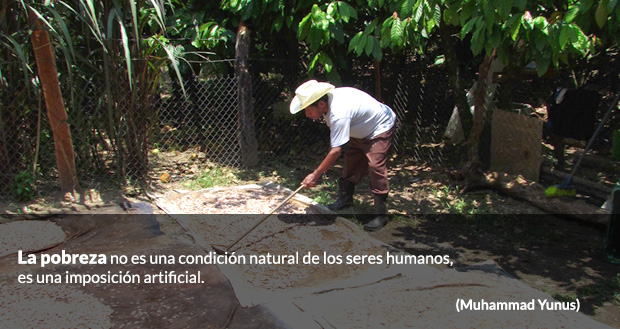

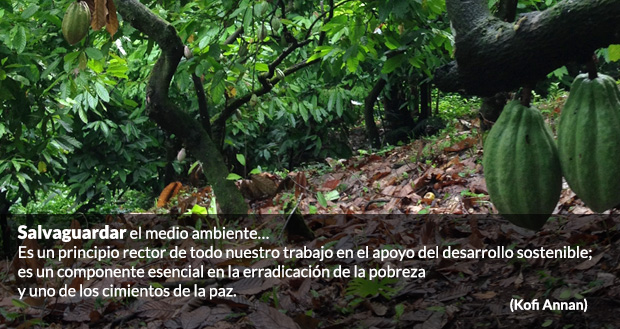
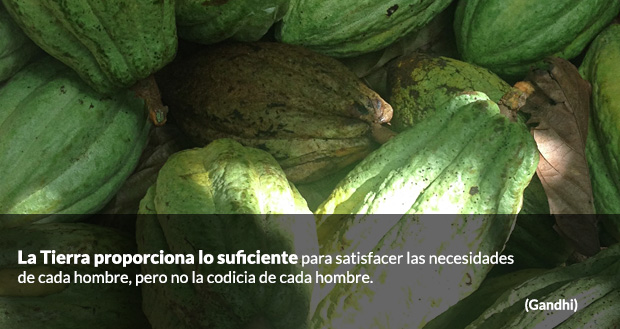
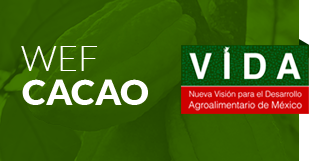
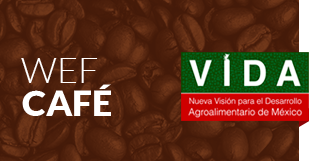
![[en]Hershey's Project / Mexico Cocoa Foundation[/en][es]Proyecto Hershey´s/ Fundación Cacao México[/es] [en]Hershey's Project / Mexico Cocoa Foundation[/en][es]Proyecto Hershey´s/ Fundación Cacao México[/es]](https://cacaomexico.org/wp-content/gallery/galeria/thumbs/thumbs_26.jpg)
![[en]Hershey's Project / Mexico Cocoa Foundation[/en][es]Proyecto Hershey´s/ Fundación Cacao México[/es] [en]Hershey's Project / Mexico Cocoa Foundation[/en][es]Proyecto Hershey´s/ Fundación Cacao México[/es]](https://cacaomexico.org/wp-content/gallery/galeria/thumbs/thumbs_4.jpg)
![[en]Hershey's Project / Mexico Cocoa Foundation[/en][es]Proyecto Hershey´s/ Fundación Cacao México[/es] [en]Hershey's Project / Mexico Cocoa Foundation[/en][es]Proyecto Hershey´s/ Fundación Cacao México[/es]](https://cacaomexico.org/wp-content/gallery/galeria/thumbs/thumbs_57.jpg)
![[en]Hershey's Project / Mexico Cocoa Foundation[/en][es]Proyecto Hershey´s/ Fundación Cacao México[/es] [en]Hershey's Project / Mexico Cocoa Foundation[/en][es]Proyecto Hershey´s/ Fundación Cacao México[/es]](https://cacaomexico.org/wp-content/gallery/galeria/thumbs/thumbs_13_0.jpg)
![[en]Visit Project[/en][es]Visita Proyecto[/es] [en]Visit Project[/en][es]Visita Proyecto[/es]](https://cacaomexico.org/wp-content/gallery/galeria/thumbs/thumbs_49_0.jpg)
![[en]Visit Project[/en][es]Visita Proyecto[/es] [en]Visit Project[/en][es]Visita Proyecto[/es]](https://cacaomexico.org/wp-content/gallery/galeria/thumbs/thumbs_54_0.jpg)

























